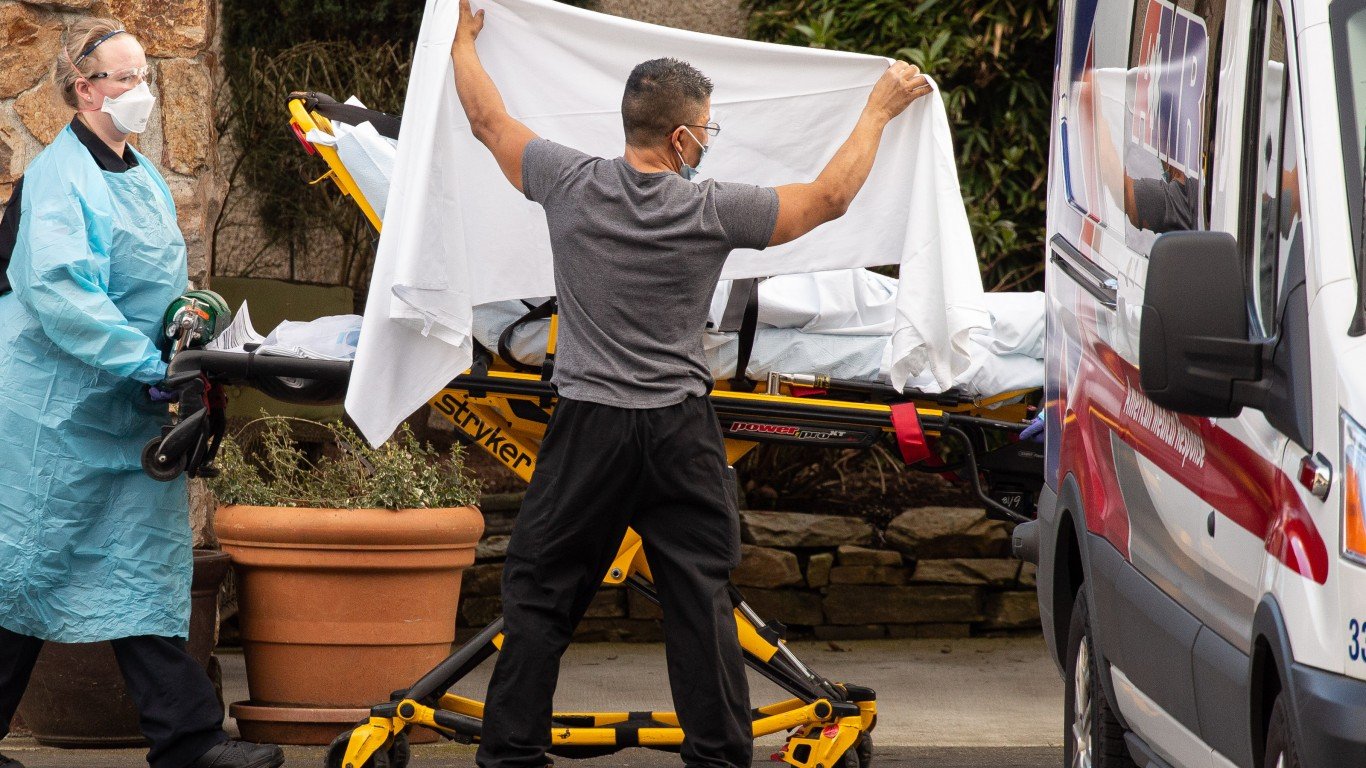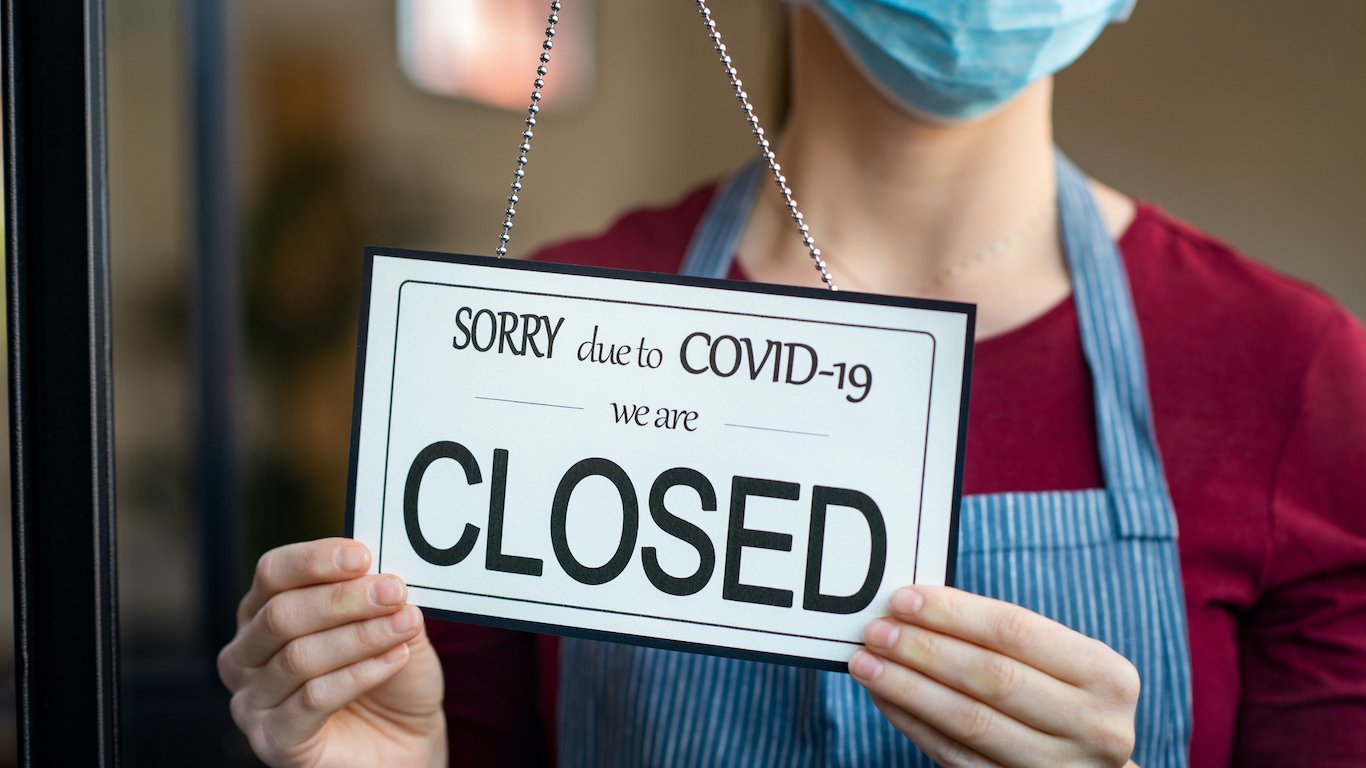

There are several academic models of how many Americans will die of COVID-19 this year. Among the most carefully followed and well respected is the one from the Institute for Health Metrics and Evaluation, based at the University of Washington. It has posted three estimates of what U.S. deaths from COVID-19 will number on December 1. The highest of these three is 523,000. And the December 1 date leaves another 30 days before the end of 2020.
Incidentally, The New York Times puts the current U.S. death count at 200,000, about 40,000 above official numbers.
Among the three primary assumptions used for the forecasts is one (the lowest) in which there is the universal use of masks. The current prediction for this is 228,000 deaths by December 1. They number 168,000 today. The institute also has a projection that forecasts the number of deaths calculated by the spread of COVID-10 based on public behavior as it is today. That figure is 295,000. The high forecast, if there is a mandated reopening of the economy, is 391,000.
Each of the three projections has a range of deaths for the December 1 date. As the forecasts for days on the calendar move further out into the future, the range widens because the projections become less reliable. For the universal wearing of masks, the range is from 205,000 to 255,000 deaths. Based on current conditions, it is from 242,000 to 270,000. The mandated reopening spread is from 308,000 to 523,000.
The acceleration of deaths per day is breathtaking for the highest forecast. At the upper end, daily deaths reach over 8,500. The figure is just over 1,000 a day now.
The Institute for Health Metrics and Evaluation admits its ability to forecast has several challenges. The first is that states now regularly change their rules for opening and closing their economies. Another is how much the spread will be in schools as they open. There are now three plans for most school districts. One is online-only classrooms. Another is that all students attend schools physically. The final is a hybrid of the first two.
Still, another variable is that government data is often incomplete. That data is usually incorrect on the low side, according to many scientists and public health officials. People who die often are not tested after death. There are many asymptomatic carriers, and, in many regions, testing is wanting.
These drawbacks do not make the upper end of the Institute for Health Metrics and Evaluation estimates any less staggering. The firelike spread of COVID-19 in the United States remains a real possibility as the fall passes and winter nears.
Thank you for reading! Have some feedback for us?
Contact the 24/7 Wall St. editorial team.
 24/7 Wall St.
24/7 Wall St.


